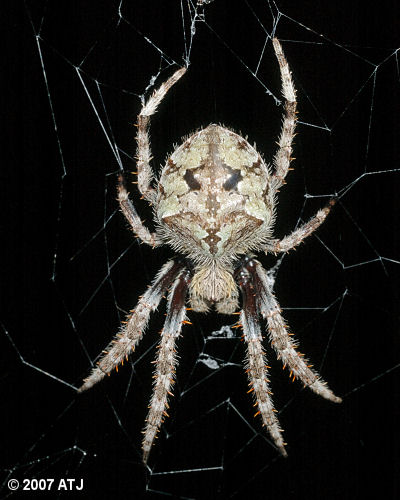
Orb Weaver.
Original: Sunday 9 December 2007 Update: Saturday 23 May 2009
I took a photograph of an orb weaver in the backyard on a week or so ago using the Nikon D70, Micro-Nikkor 60mm f/2.8 and Sunpak GX14 on the DIY macro bracket. I was pleased with the composition but felt the image was lacking something. I sought some advice from the folks at NatureScapes.Net and the general consensus was the lighting was too harsh and I'd be better off with a softbox to diffuse the light. I didn't have one so I thought it was time to make one to fit my Nikon Speedlight SB-24.

Orb Weaver.
A quick Google search led me to a few DIY instruction pages and I realised it was not going to be too difficult at all. One German site (http://www.dforum.de/Technik/softbox/softbox.htm) had exactly what I needed even though I couldn't read the instructions. All I really did was to print the two PDF templates, cut them out and tape them together to make a prototype. Another piece of paper across the front and I had a very "quick and dirty" soft box.
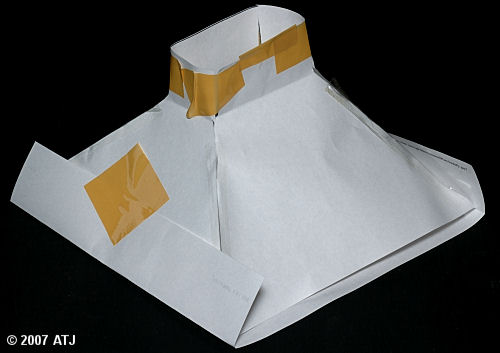
Prototype softbox.
A couple of test shots showed me it would work and it was time to make a more robust version. Some old packaging provided the cardboard required and I cut this up using the same templates as in the paper version. A bit of tape and I had a sturdy softbox. A piece of A4 paper over the front and it was finished and ready for testing.
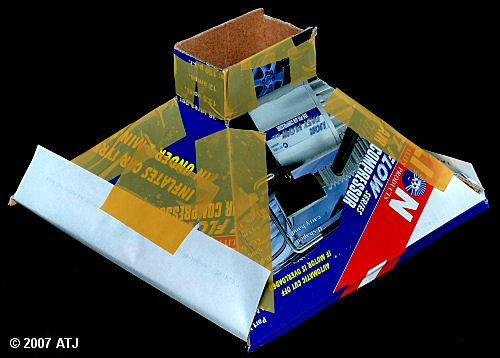
Finished Softbox.
The first thing I wanted to know was how well the light was spread. I did this by taking a photograph of the front of the softbox with the flash in (connected to the camera with a remote cable). I was a little disappointed to find that not only didn't the light spread to the edges (even though the flash was at its widest angle) but I had a fairly concentrated spot. However, I was hopeful that it still soften the light from the flash.
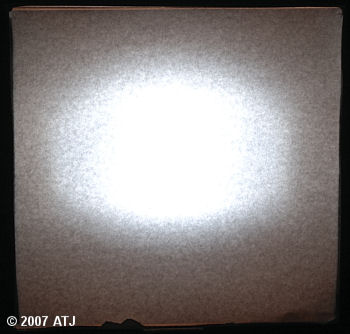
Softbox showing distribution of light.
Next, I need to determine if the paper on the front affected the white balance. I had previously determined that I should use "Cloudy -1" when using the SB-24. I did this by photographing a Kodak Gray card with various White Balance settings on the camera and then using the Gray Point sampling in CaptureNX to determine which one needed the least adjustment. I did the same thing again with the softbox and found that the "Daylight" setting for White Balance worked the best.
I was now ready to take some test shots. I started with a small object that would be fairly easy to use to assess the results.


Left: Taken with normal flash; Right: Taken with softbox.
The test shots of Daffy really only show differences in the shadows, but these are a lot less harsh than with the straight flash. Photographs of more natural subjects are definitely more pleasing that before. The same orb weaver taken with the softbox shows a much more pleasing image with soft shadows, while the image itself stays sharp.
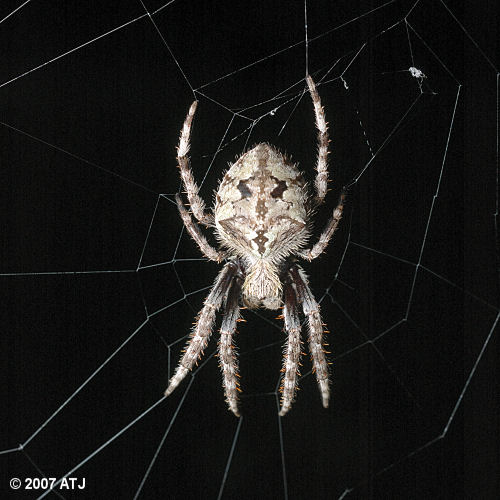
Orb weaver photographed using the softbox.
Shots of insects have also turned out very pleasing without harsh highlights and shadows. When I have previously taken shots of shield bugs, I have got quite a bit of reflection off their backs, but now they are nice sharp photographs.
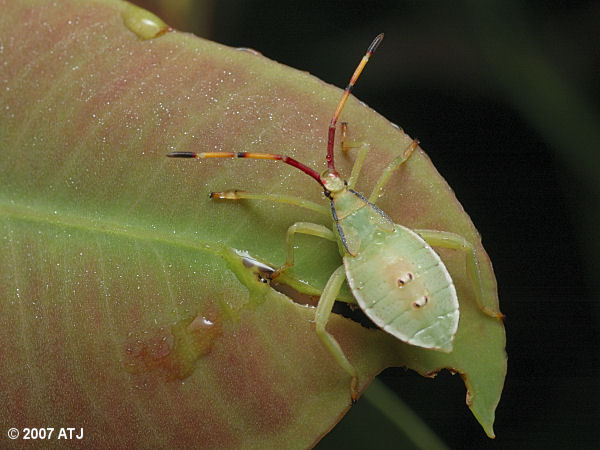
Shield bug nymph photographed using the softbox.
Overall, I'm very happy with the project.
I received feedback from one reader who wrote:
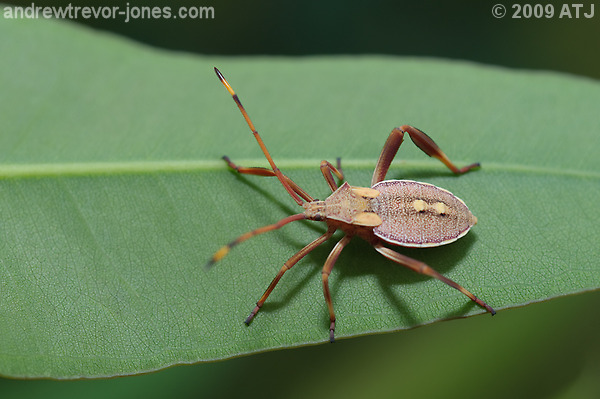
A crusader bug nymph, Mictis profana, shot with the standard diffuser on the flash. Note the harsh shadows. This photograph was exported from Lightroom without modification (other than resizing and sharpening).
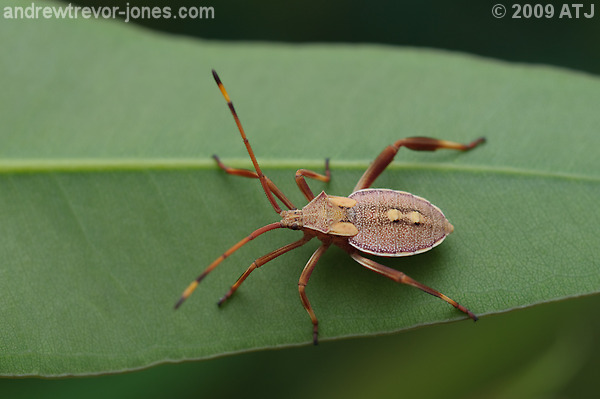
A crusader bug nymph, Mictis profana, shot with a collapsible softbox on the flash. This photograph was exported from Lightroom without modification (other than resizing and sharpening).